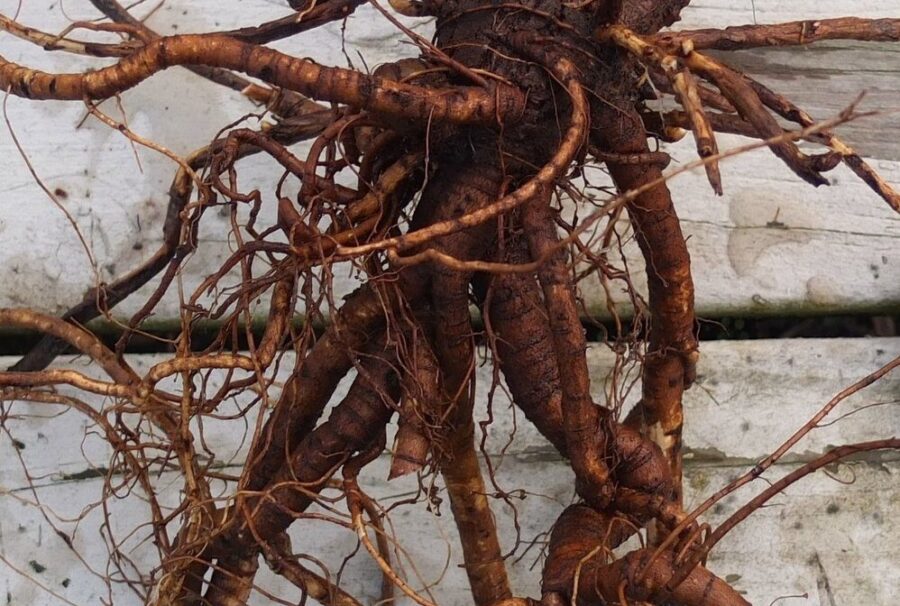General Information
- Category- Herb, drug
- Binomial Name- Glycyrrhiza glabra
- Common Names- Mulethi, Black Sugar, Common licorice, Liquirizia
- Spread- 30-40 inches
- Height- 48-60 inches
- Average Production- perennial flowering
- Days to Maturity- 195-460 days
Environmental Requirements:
- Soil- Sandy and well drained
- Soil Moisture- 20%
- Soil pH- 5.5-6.5
- Sun Requirements- Partial sun/Full sun
- Soil temperature-18 to 32°C
- Best Time to Plant- late spring or early autumn (April or October)
Tips to Grow Liquorice:
Liquorice can be grow from seeds and divisions.
- Arrange good quality of liquorice seeds or divisions. Soak the seeds for at least 24 hours in lukewarm water.
- Soil should be sandy and well draining. It should be moist but not wet. Make a mixture of 1 parts sand 1 part compost and 1 part loam.
- Arrange a tray and fill it with the soil. In each block of tray sow seeds 1\2 inches deep and cover it with dirt. Gently give water to the seeds.
- In 10-14 days germination occur. Transplant after the final frost in spring once the plant has reached a height of 3-4″ and show its first set of true leaves.
- If you grow liquorice with divisions then, every division must have about one growth bud. If are dividing the plant in the fall (autumn), divisions must be replanted immediately or you can also store them in clamps for spring planting.
- Licorice doesn’t need fertilizer. Although, if the soil is poor, mix compost at the time of planting or mulch around the base of plant with compost. Mulch is required to retain the moisture in the soil.
- Collection of drug is done in the third or forth year during autumn. The rhizomes, stolons and roots are dug out. The buds and rootlets are removed. After washing, they are cut into pieces and dried.
- Sometimes, the drug is peeled before drying, The peeled drug is used for direct administration. The unpeeled drug is used for preparing liquid extracts and tinctures.
Chemical Constituents of Liquorice:
The constituents of glycyrrhiza are:
- Glycyrrhizin also called as glycyrrhizic acid. Glycyrrhizin is a mixture of Potassium and Calcium salts of glycyrrhizinic acid. Glycyrrhizin is 50 times sweeter than sugar. This on hydrolysis is converted into the aglycone, glycerrhizinic acid.
- Isoliquiritin, a chalcone glycoside.
- Flavinoid glycosides, glucose, sucrose and starch.
Uses:
- Demulcent and expectorant.
- Anti-inflammatory and antiarthritic agent.
- Sweetning agent.
- Color masking agent.
- Laxative in combination with other drugs.
- In Addison’s disease due to glucocorticoid effect.
Show Comments




